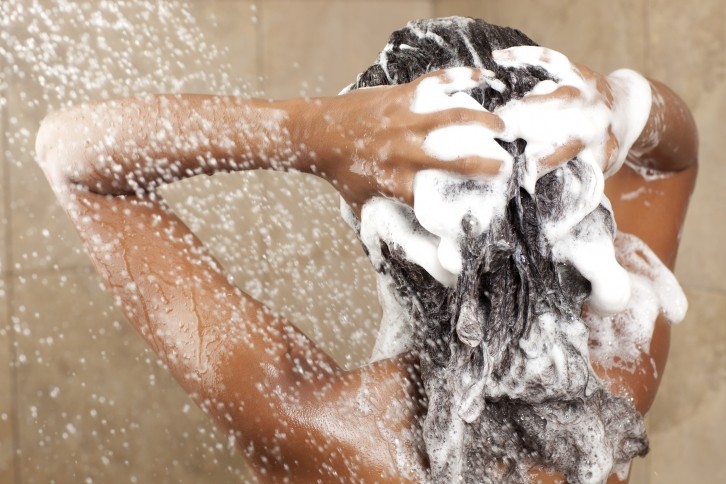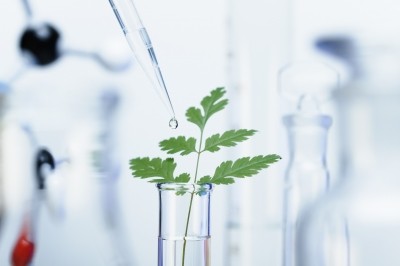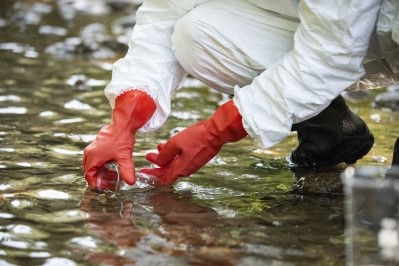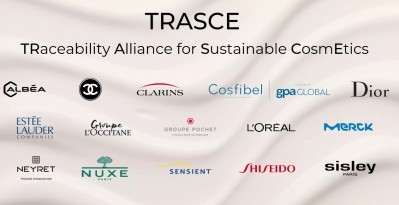Exploring EU regulations: SLS in cosmetics

SLS is widely used in beauty and personal care products such as shampoos, soaps, and toothpaste for its thorough cleansing properties and ability to provide the user with a satisfying lathering experience.
The ingredient is a surfactant – a compound that lowers the surface tension between substances – allowing them to mix more easily. It tends to be derived from fossil fuels or plant oils is and then exposed to a process called sulfation.
SLS is essentially a detergent that cleanses away dirt and oil. While it is generally considered safe for use in cosmetics, it can sometimes irritate sensitive or sensitised skin and potentially cause redness or dryness after use.
Overall, it is key to note that the concentration of SLS in cosmetic products is typically low, which therefore minimises the risk of adverse reactions.
‘Clean-beauty’ movement
In the early 1990s, allegations arose claiming that sulfates caused cancer, but this has repeatedly been disproven since then.
However, due to this negative association, beauty and personal care consumers began questioning whether the ingredient is really necessary in cosmetic products.
The movement against use of sulfates culminated in the ‘clean beauty movement’, which reached a peak in around 2017/2018. At this point in time, SLS was seen by many consumers – and in turn many beauty and personal care companies – as an ingredient to deliberately avoid. Some brands chose to stop using the ingredient, or find a milder or natural alternative. These products were clearly labelled as ‘SLS free’ on the pack and in marketing campaigns.
This continues to resonate with a portion of ‘clean beauty’-dedicated consumers today. Some argue that sulfates are too potent and strip away the natural oils that help maintain to a healthy skin barrier on the face, body and scalp. For many people, it's a personal choice and simply depends on what your skin responds well to.
One study from the International Journal of Toxicology, found that SLS is safe if applied and then removed from the face and body, as you would when using shampoo and soap. It also noted that sulfates can be formulated in varying strengths and that at a lower concentration, the ingredient may be gentler on skin.
In the light of all this, leading regulatory bodies, including the European Union (EU), closely monitor and regulate the use of SLS in cosmetic formulations.
Regulatory expert for CE.Way, Taja Plut, explained that the EU has a comprehensive regulatory framework for cosmetic ingredients, including SLS.
“The safety of cosmetic products is assessed by the Scientific Committee on Consumer Safety (SCCS), which provides scientific opinions on ingredients to ensure consumer safety. The concentration of SLS in cosmetic formulations is carefully regulated to prevent potential health risks,” said Plut.
“The Cosmetic Regulation (EC) No 1223/2009 outlines the safety requirements and responsibilities of cosmetic product manufacturers. This regulation prohibits the use of certain substances in cosmetics and establishes maximum concentration limits for others, including SLS. Manufacturers are required to comply with these regulations and submit safety assessments for their products,” she concluded.






















